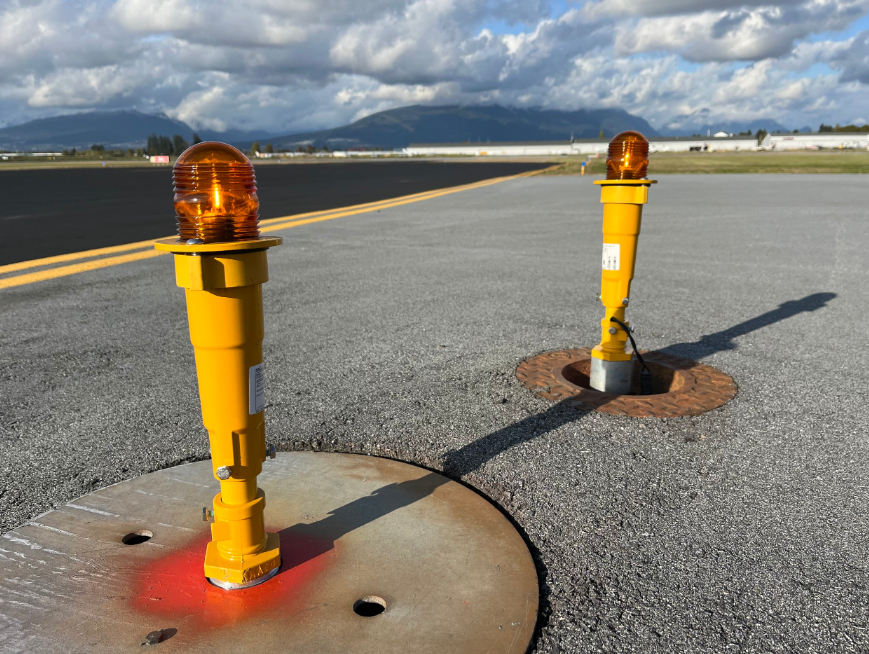When it comes to aviation safety, every detail counts. From advanced navigation systems to state-of-the-art lighting, airports employ various technologies to ensure the smooth operation of airfield traffic. Among these critical components is the runway edge light, an often-overlooked but vital aspect of airfield illumination. In this article, we will delve into the secrets behind runway edge lights and their significance in guiding pilots during takeoff, landing, and taxiing operations.
1. The Basics of Runway Edge Lights
These lights, also known as edge lights, form a continuous line of illumination along the edges of the runway. These lights provide pilots with essential visual cues, helping them maintain proper alignment and spatial orientation during various phases of flight. By delineating the edges of the runway, these lights play a key role in enhancing safety and minimizing the risk of runway incursions.
2. Illuminating the Path to Safety
-
Enhancing Visibility: Ensuring Optimal Lighting Conditions
These are designed to provide clear and uniform illumination along the edges of the runway. They enable pilots to distinguish the boundaries of the runway, especially during low visibility conditions such as nighttime or adverse weather. The consistent and predictable lighting pattern helps pilots maintain a safe trajectory throughout their approach and departure.
-
Marking the Runway Threshold: A Guide for Landing
While runway edge lights primarily run along the sides of the runway, they also serve as markers for the runway threshold. The threshold is the starting point for landing aircraft, and runway threshold lights are specifically installed to delineate this crucial reference point.
3. The Role of Runway Edge Lights in Airfield Operations
-
Promoting Precision in Taxiing
These are not limited to guiding pilots during takeoff and landing. They also play a vital role in taxiing operations. By providing a well-defined visual boundary, these lights help pilots navigate through complex taxiways, reducing the risk of veering off the designated path. The clear demarcation offered by runway edge lights enables pilots to maintain situational awareness and make accurate turns, ensuring efficient movement across the airfield.
-
Supporting Runway Incursion Prevention
Runway incursions, instances when unauthorized aircraft, vehicles, or pedestrians enter the protected area of the runway, pose a significant safety threat. These lights act as a deterrent to such incursions by establishing a visual barrier between the runway and other areas. The continuous line of illumination serves as a visual reminder to pilots, vehicle operators, and personnel to remain clear of the active runway, enhancing overall airfield safety.
Conclusion
A Runway edge light may seem like a small part of the intricate system that keeps airports running smoothly, but its importance cannot be overstated. From enabling precise landings and departures to promoting safe taxiing and preventing runway incursions, these lights play a pivotal role in enhancing aviation safety.

